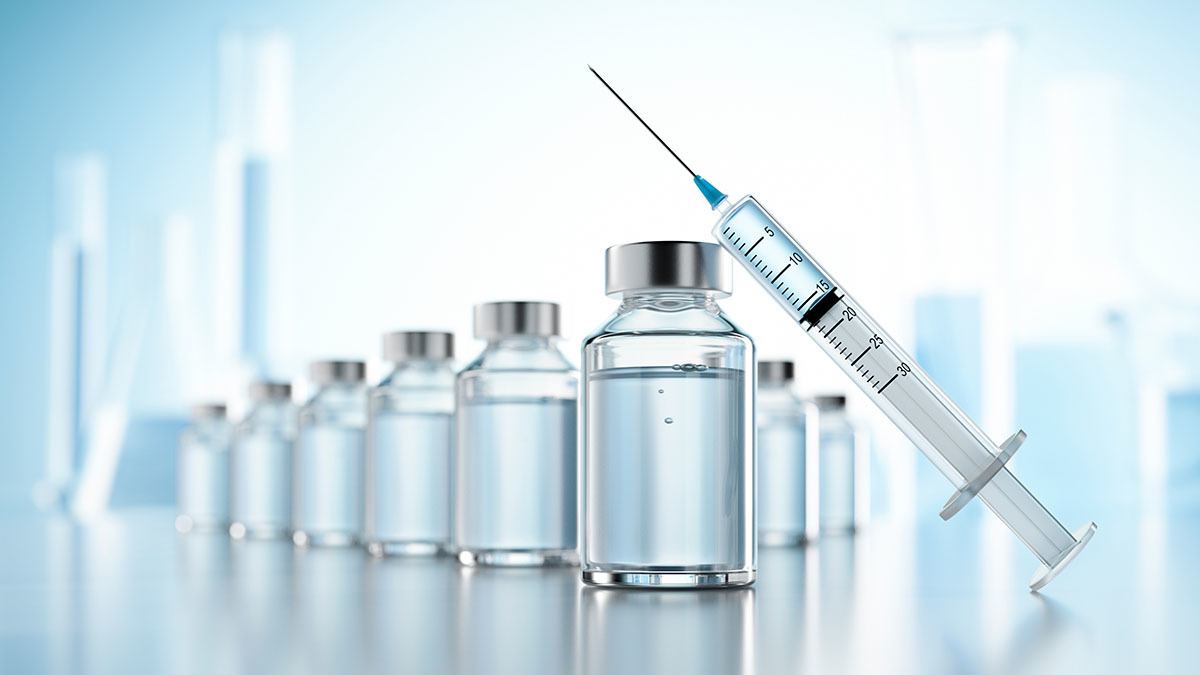USP Aldehyde Extractables Testing
The USP Aldehyde Extractables Testing is a critical component of pharmaceutical testing aimed at ensuring the safety and quality of drug products. This testing evaluates the release of aldehydes from packaging materials, components, and containers into the product. Aldehydes are highly reactive compounds that can potentially interact with medications, leading to degradation or contamination.
The process involves extracting potential aldehydes using a solvent that mimics real-world conditions encountered during storage and distribution. This includes simulating temperature variations, humidity levels, and exposure to light. The extracted compounds are then analyzed for their identity and concentration. The testing adheres strictly to United States Pharmacopeia (USP) guidelines, which provide specific methodologies for performing this analysis.
Understanding the release of aldehydes is essential in pharmaceutical manufacturing as it affects the stability and efficacy of drug products. Excessive levels can lead to oxidative stress, alter drug formulation properties, or even degrade the active ingredients. Therefore, ensuring that packaging materials meet stringent extractables limits is crucial for maintaining product integrity.
The testing methodology involves several key steps: selection of appropriate solvents, extraction process optimization, sample preparation, and analytical techniques such as High Performance Liquid Chromatography (HPLC) coupled with Mass Spectrometry (MS). The results are compared against USP limits to ensure compliance. This service not only helps in identifying potential risks but also aids in optimizing packaging materials for better performance.
Pharmaceutical companies rely heavily on this testing to comply with regulatory requirements and protect consumer health. By ensuring that the products meet these standards, we contribute significantly to enhancing public safety.
Applied Standards
| Standard | Description |
|---|---|
| USP 1653 | This standard defines the methodology for determining aldehyde extractables from pharmaceutical packaging systems. |
| ASTM E1942 | Analytical procedure for the determination of total aldehydes in polyethylene terephthalate (PET) containers and closure systems. |
| EN 13865:2015 | European standard for extractables from pharmaceutical packaging materials. |
Benefits
- Ensures compliance with regulatory requirements set by the FDA and other international bodies.
- Aids in identifying potential risks early, allowing for corrective actions to be taken promptly.
- Enhances consumer safety by reducing the likelihood of adverse reactions due to contamination or degradation.
- Supports product development through optimization of packaging materials.
- Maintains brand reputation and trust by demonstrating a commitment to quality standards.
Quality and Reliability Assurance
The testing process for aldehyde extractables is rigorous, involving multiple stages to ensure accuracy and reliability. From selecting the appropriate solvents to interpreting results, every step adheres to strict protocols. Our laboratory uses state-of-the-art equipment such as HPLC-MS/MS systems to achieve precise measurements.
Our team of experts conducts thorough sample preparation ensuring that each batch is representative of the final product. This includes controlled extraction processes under various conditions that mimic real-world scenarios. Once extracted, these samples undergo comprehensive analysis using advanced instrumentation. The data obtained are meticulously reviewed against USP guidelines to confirm compliance.
We employ robust quality control measures throughout our operations to maintain high standards. Regular calibration of instruments and periodic audits ensure adherence to best practices. This commitment to excellence guarantees that the testing results are accurate, reliable, and reproducible.





